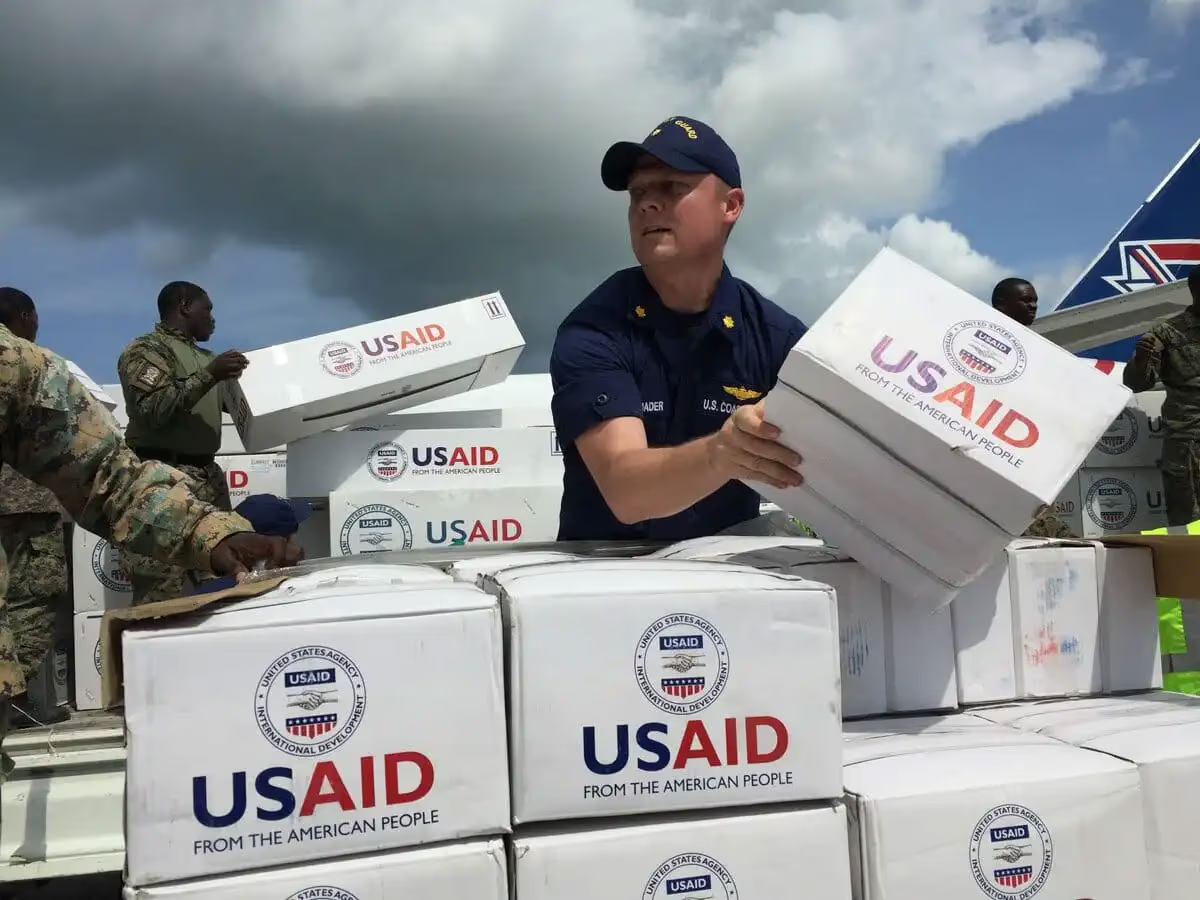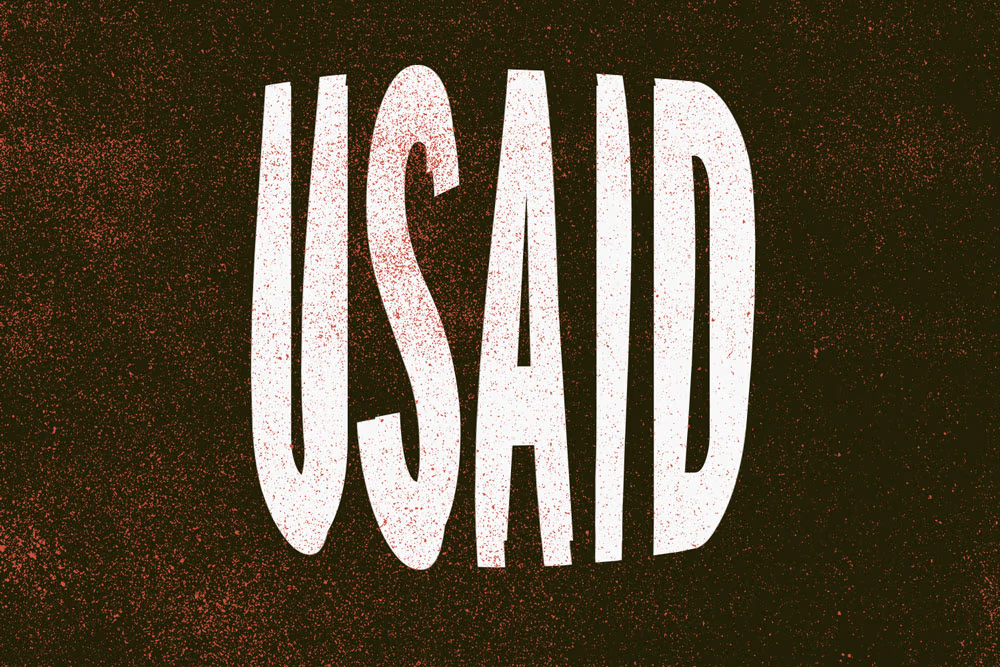For decades, the international aid system was regarded as a pillar of global development: channeling resources from wealthy countries to poorer ones, supporting the fight against poverty and epidemics, and helping to build schools, hospitals, and infrastructure. Today, it is undergoing one of the most profound crises in its history.
Donald Trump’s return to the White House has accelerated the dismantling of the largest development agency—USAID—triggering broader shifts: program cuts, a wave of staff departures, and a collapse in confidence in the very idea of humanitarian assistance. Against the backdrop of a rightward political shift and growing donor-country skepticism, the aid industry is losing its stability—and with it, the established logic of global inequality begins to fracture. Those working within the system now face a fundamental question: how can international development be reimagined when the old model no longer applies?
Every decade, the global aid industry faces calls for reform in order to preserve its relevance. During such periods, donor countries reorganize development agencies, revise budgets, and push for the creation—or dissolution—of new UN initiatives. Typically, once the system has adapted to donor interests, the pressure subsides, and business as usual resumes. But with Donald Trump’s return for a second term, the industry has again reached a breaking point. His administration effectively dismantled the world’s largest development agency—USAID: its headquarters was shut down, 86% of its programs were terminated, and nearly all of its 10,000 staff were dismissed. At the same time, U.S. funding for multilateral initiatives on climate, health, and education was drastically cut.
Yet the current crisis differs from those that came before: it may well mark the end of the international aid system as we know it. For decades, global development—efforts to improve and save lives in the world’s poorest regions—has relied heavily on resources from wealthy nations. Some experts criticized the model, calling it a "humanitarian-industrial complex." Even its defenders acknowledged that it was an industry—with middlemen, competing interests, and inefficiencies—and proposed reforms drawn from corporate governance. But today, as many developed governments veer sharply to the right and express growing skepticism toward foreign assistance, the foundation of that system is rapidly eroding. As a result, thousands of professionals—from field workers to policy analysts—stand to lose their jobs. More critically, millions of people around the world will be left even more vulnerable.

USAID staff deliver humanitarian aid as part of an emergency operation.
Supporters of global development now face a choice: wait for political will to return in donor countries—or rethink the very concept of development by decoupling it from humanitarian logic and focusing instead on industrial transformation. This means moving away from subsistence economies, informal labor, and raw material exports toward manufacturing and services. To be sure, the industry has weathered crises before. Resources have often been spread thin, and projects frequently sidestepped core barriers: a shortage of skilled workers, weak infrastructure, and limited market access. Industrial development remains the most effective way to lift countries out of poverty—especially in Africa, South Asia, and Latin America—while also creating new markets that support prosperity in high-income nations. If global development fails to evolve, it will lose relevance—for the poor and the wealthy alike.
The core "commodity" of the foreign aid industry remains Official Development Assistance (ODA)—government funds from developed nations channeled to governments, organizations, or individuals in poorer regions. These funds can be disbursed directly, as budget support, or funneled through projects implemented by organizations such as Save the Children, Oxfam, or FHI 360. According to the Organisation for Economic Co-operation and Development (OECD), in 2023 governments spent $230 billion on such assistance—twenty times more than private foundations contributed ($11 billion). As in any industry, intermediaries play a role—but in this case, they are especially prominent. So-called "project implementers"—international NGOs, consulting firms, and private contractors—are central to how resources are allocated. If, for instance, the U.S. government decides to supply fertilizer to smallholder farmers in Bangladesh, it may contract Chemonics—an American development contractor. In 2023, Chemonics received over $1 billion from USAID—more than any other implementing partner.
Another Look at USAID

